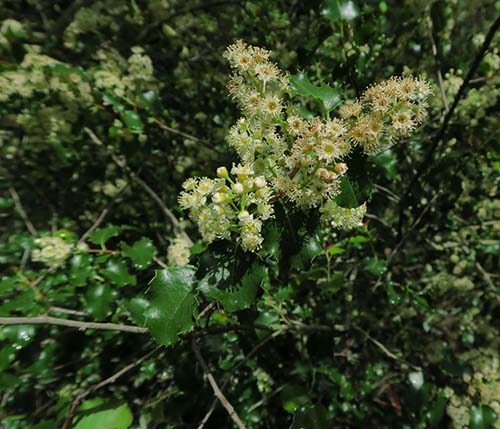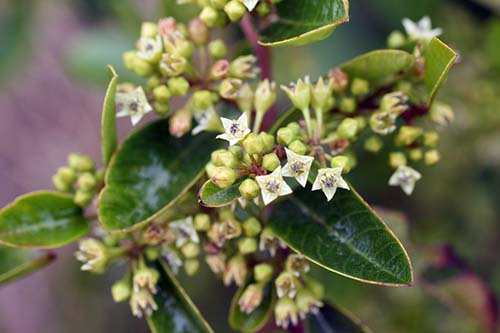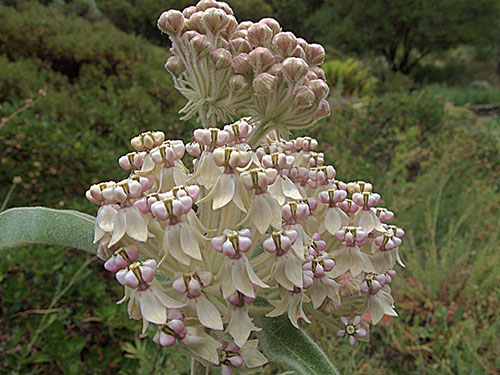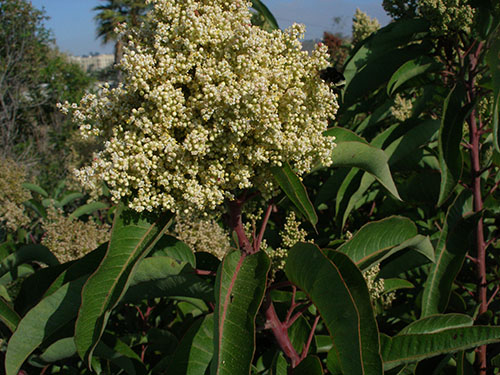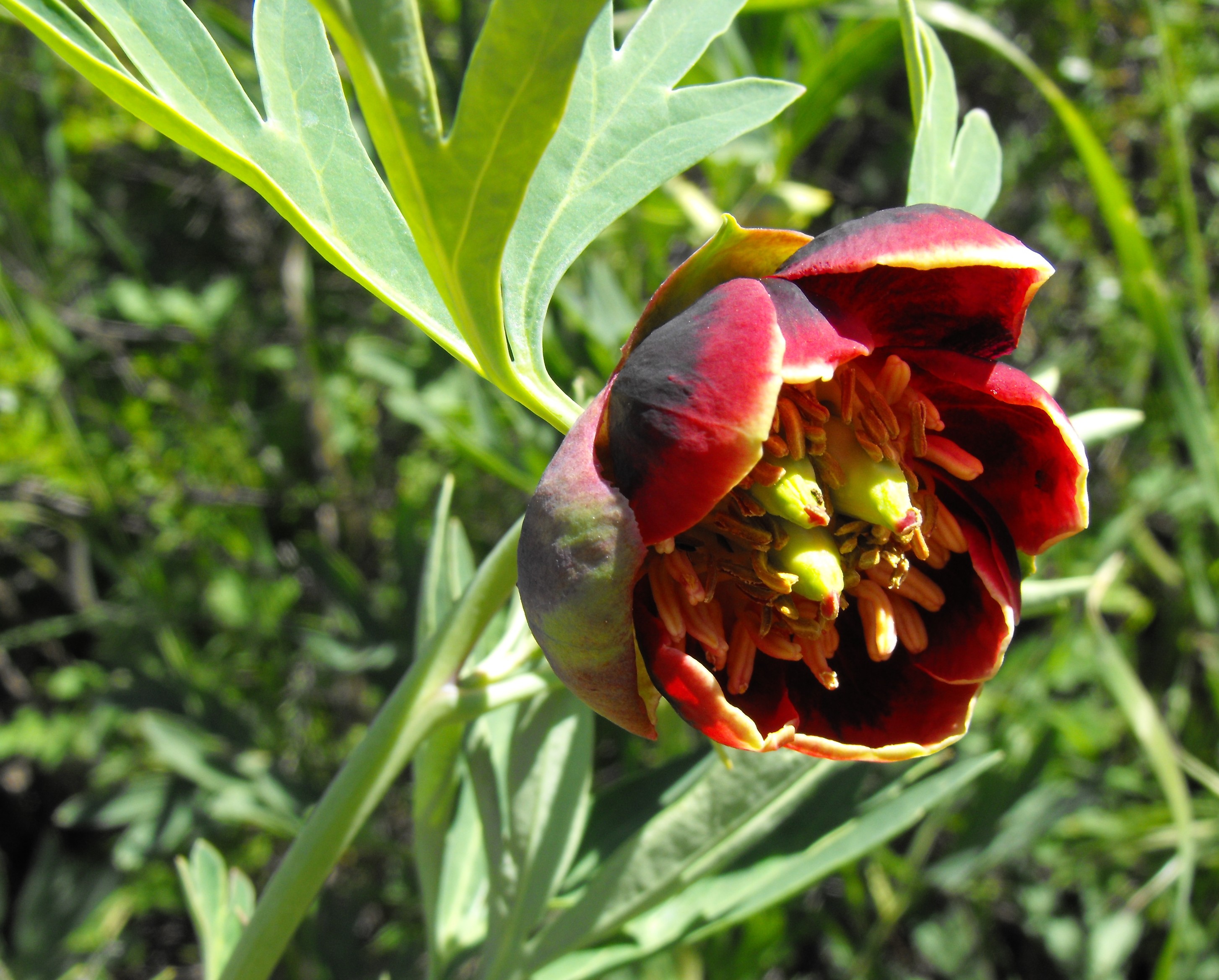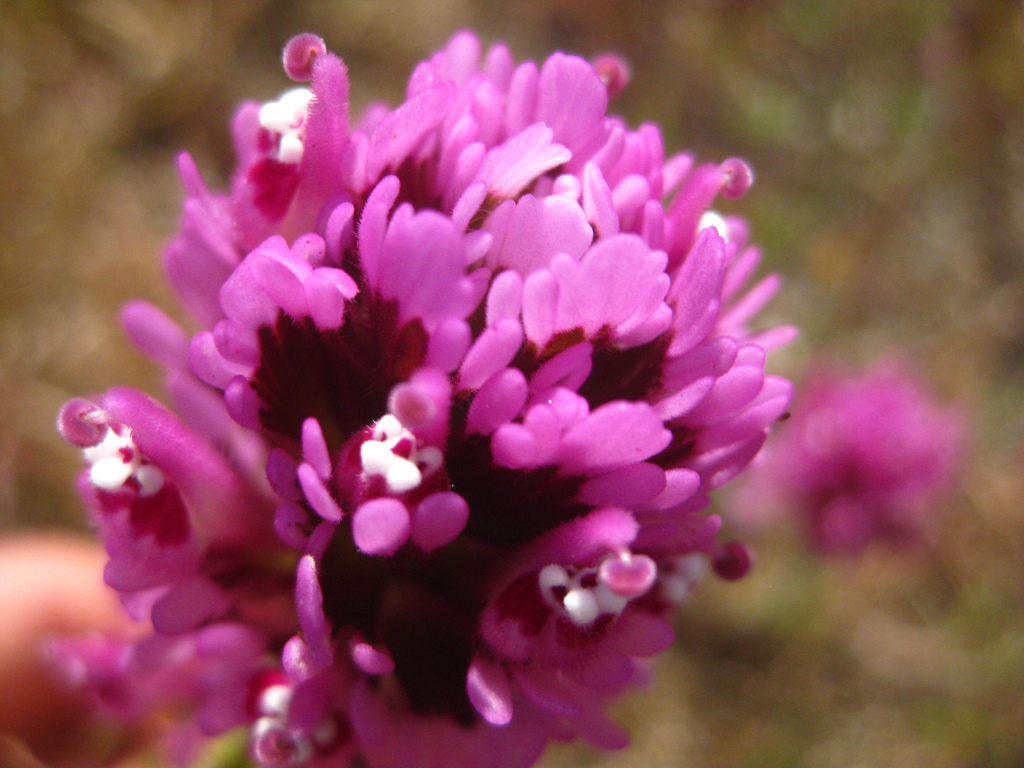Toxic Indoor Plants
All parents have been surprised at the things small children will put in their mouths. Every dog owner knows that a dog will eat anything it can reach. Even finicky cats are attracted to greenery. It’s important to know if a houseplant, a bouquet of holiday flowers or garden flowers can make your children or pets seriously ill.
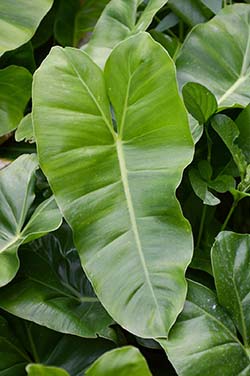 Indoor Greenery that Can Be Dangerous
Indoor Greenery that Can Be Dangerous
- Philodendron
- Arrowhead
- Golden Pothos
- Dieffenbachia
- Caladium
Philodendrons are some of the most common houseplants in the U.S. They’re easy to grow from cuttings and to keep alive in soil and water. Homeowners may keep hanging varieties inside year-round. Larger plants like Fiddle Leaf Philodendron are typically kept on the patio unless the weather goes below freezing. Philodendron has a high level of toxicity to children and pets.
Arrowhead is a handsome potted plant. It has glossy medium green leaves streaked with white. Both the leaves and sap can cause digestive upset and breathing difficulties in cats and dogs.
 Dieffenbachia has dramatically colored white and green leaves. Its juice is so toxic that some South American tribes used the juice to make poison arrows. The juice causes skin damage and digestive upset. This plant should not be in a home with children or pets, and you should exercise caution when handling it.
Dieffenbachia has dramatically colored white and green leaves. Its juice is so toxic that some South American tribes used the juice to make poison arrows. The juice causes skin damage and digestive upset. This plant should not be in a home with children or pets, and you should exercise caution when handling it.
Golden Pothos is another plant with green and white leaves. It’s commonly given as cuttings because it can live in water alone. Do not keep Golden Pothos in a household with pets. It can cause death due to asphyxiation or kidney failure.
Caladium is another dangerous potted plant. It has beautiful heart-shaped leaves with deep red veins. It can cause asphyxia in children and pets and burns to the lips and mouth.
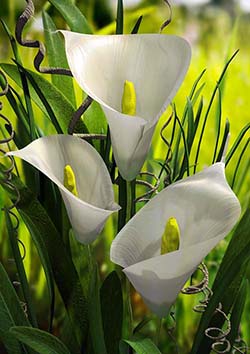 Hazardous Cut Flowers
Hazardous Cut Flowers
- Calla Lily
- Daffodil
- Hydrangea
- Iris
- Gladiolus
- Tulip
Spring is nearly here, bringing with it holidays that often include cut flower bouquets. Some of the most beautiful and common flowers from the florist or your spring garden are toxic.
Vases of flowers pose particular danger to cats because cats love to knock over anything containing water. Cats also habitually rub their faces on things, especially something new. Calla Lily causes choking, drooling and digestive upset in cats and dogs. It should not be brought into a house with pets.
Daffodils can cause severe digestive upset in humans and pets.
 Keep Hydrangea out of the house. If ingested, it can cause illness ranging from stomach upset to convulsions and even coma. Be careful touching the plant. Hydrangea can cause skin irritation.
Keep Hydrangea out of the house. If ingested, it can cause illness ranging from stomach upset to convulsions and even coma. Be careful touching the plant. Hydrangea can cause skin irritation.
Irises and Gladioli are in the same family and are moderately toxic to dogs and cats.
Tulips can cause digestive upset, dizziness and, in extreme cases, convulsions.
What to Do About Toxic Plants
In an emergency, call Poison Control: 888-426-4435 for pets and 800-222-1222 for children.
For suggestions about non-toxic houseplants or cut bouquets, contact us. We can suggest many safe options so that you can still enjoy plants in the house.

 Jimsonweed’s white flowers resemble Moonflower. The green leaves are long with irregular pointed edges, and the fruit is green and covered with spiny thorns. Jimsonweed can be deadly if consumed, especially if by children.
Jimsonweed’s white flowers resemble Moonflower. The green leaves are long with irregular pointed edges, and the fruit is green and covered with spiny thorns. Jimsonweed can be deadly if consumed, especially if by children. Lantana’s blooms consist of many small flowers and are typically orange and yellow or pinkish-purple and yellow. Lantana is usually problematic for animals rather than people. It can cause digestive upset and liver damage
Lantana’s blooms consist of many small flowers and are typically orange and yellow or pinkish-purple and yellow. Lantana is usually problematic for animals rather than people. It can cause digestive upset and liver damage